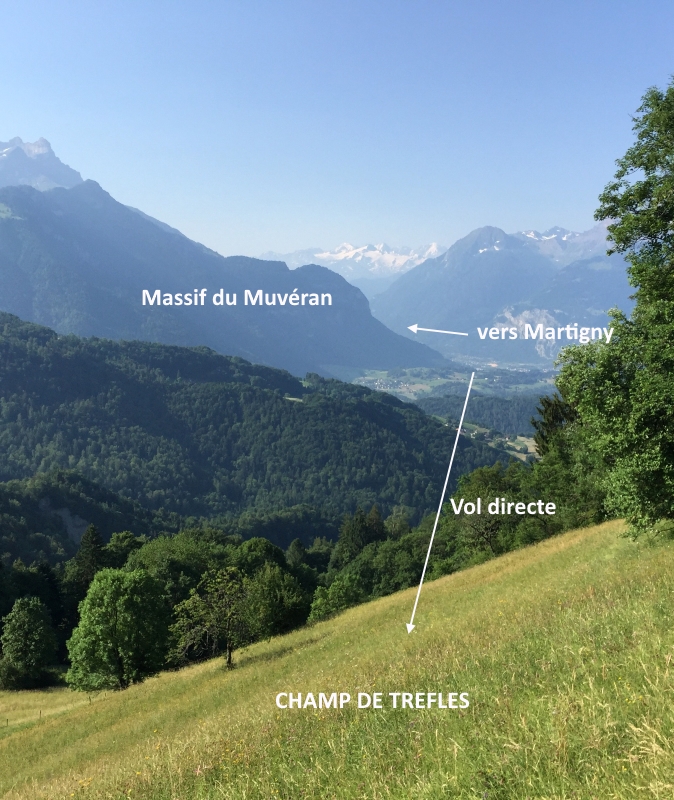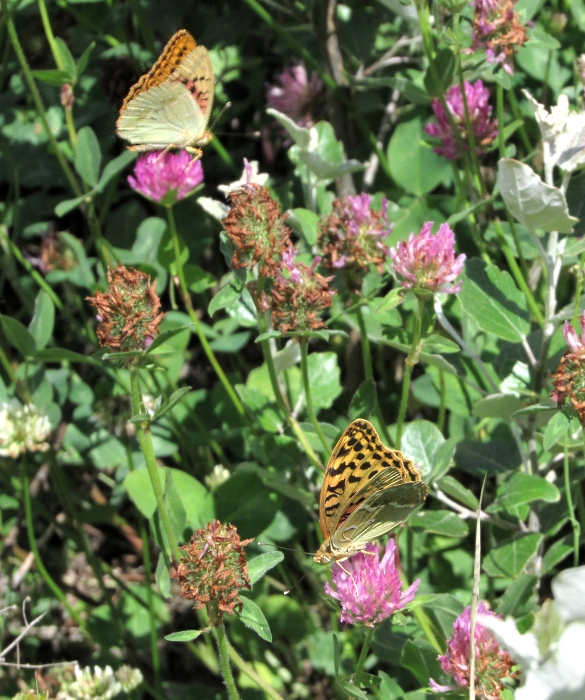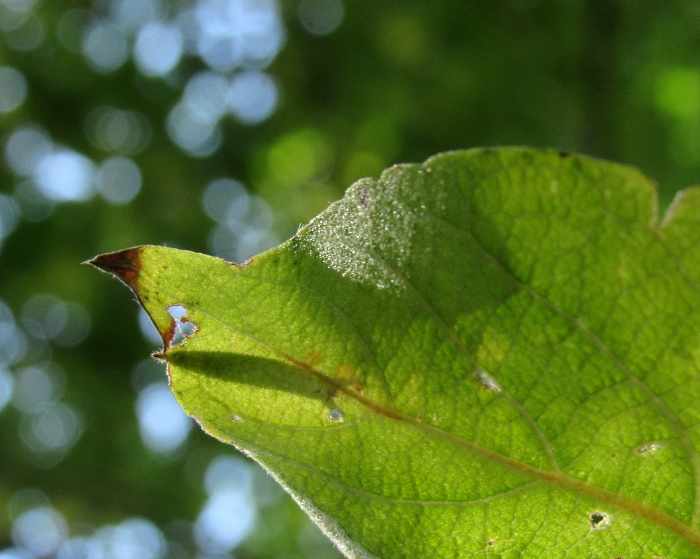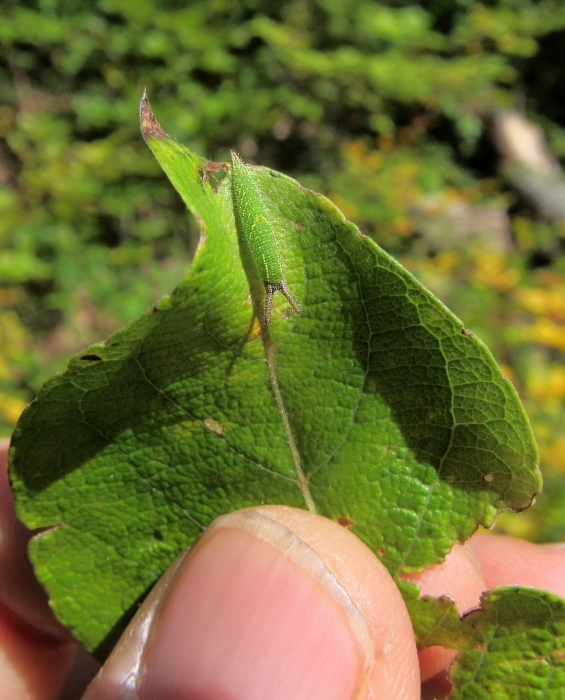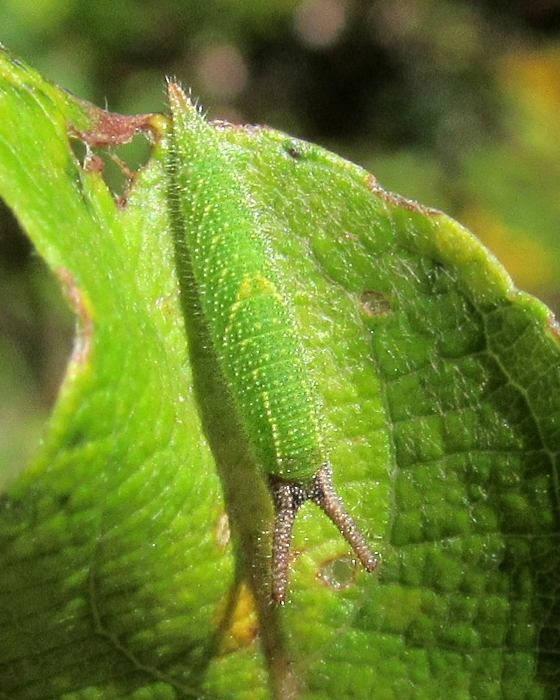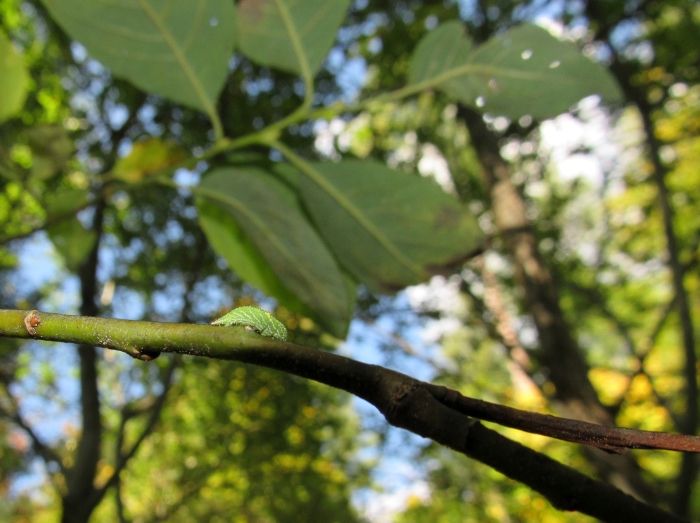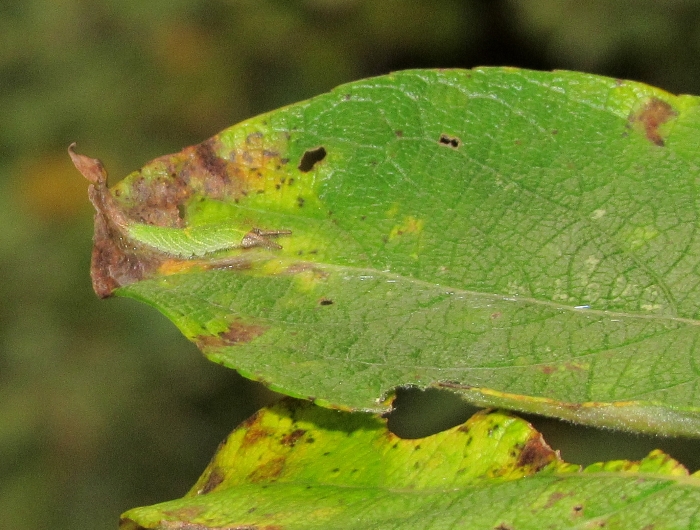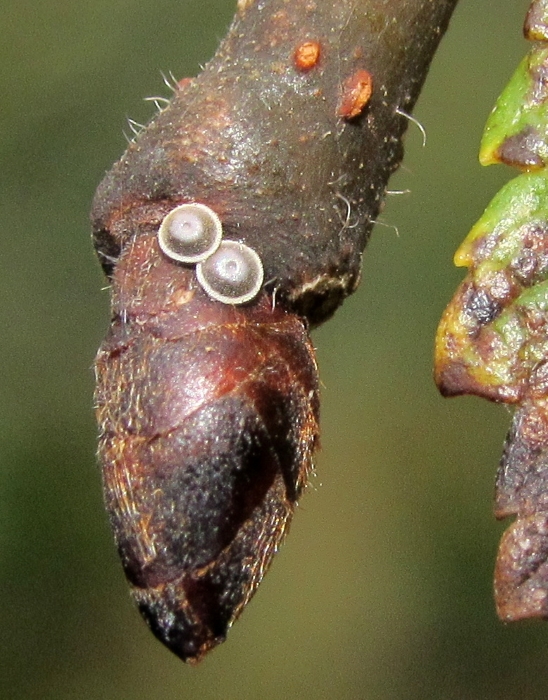As for cardinals, they are just magnificent creatures. Still today, 22nd September, they were putting on a performance, though I visited the site only in the afternoon (about 15h00), when only females fly. So no open aggression and dog-fights - just aerial elegance!


This is a different female ...

... and this a third:
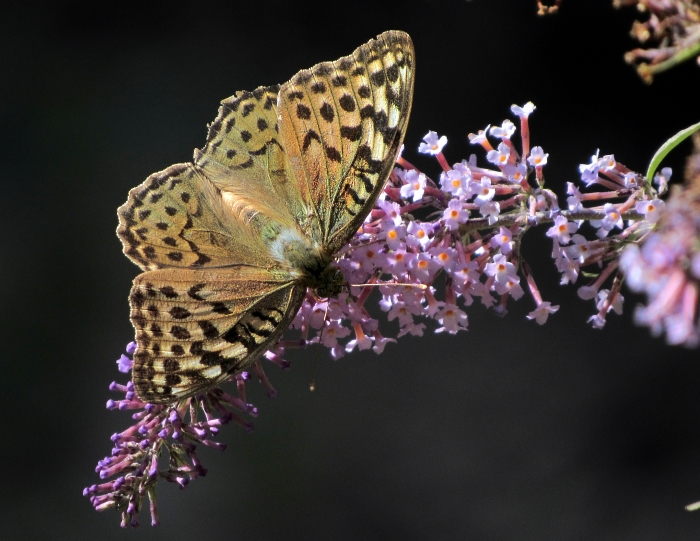
I only saw one individual with significant wing damage. It was about a kilometre from the main site, nectaring on Buddleia at the edge of a village:
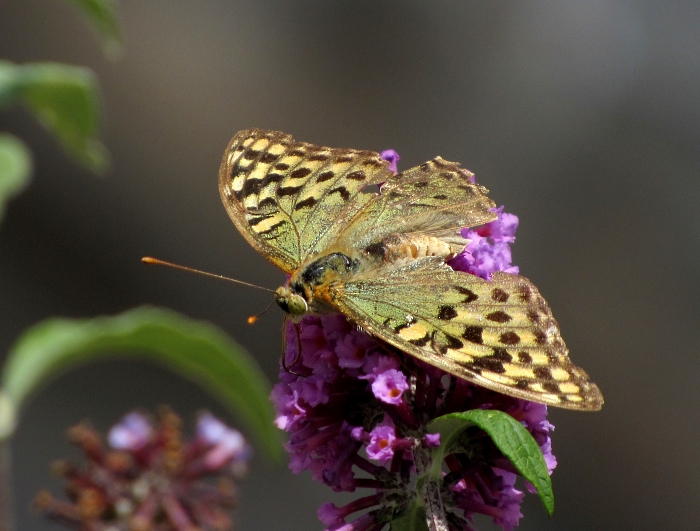
I got surprisingly few glimpses of undersides:
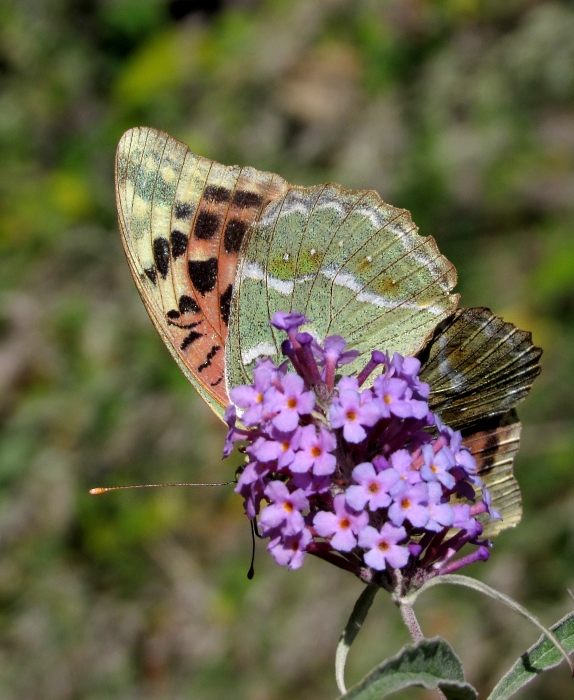
Before visiting the cardinals I spent some time further east along the valley. Here are a few pictures from there:

(rosy grizzled skipper)
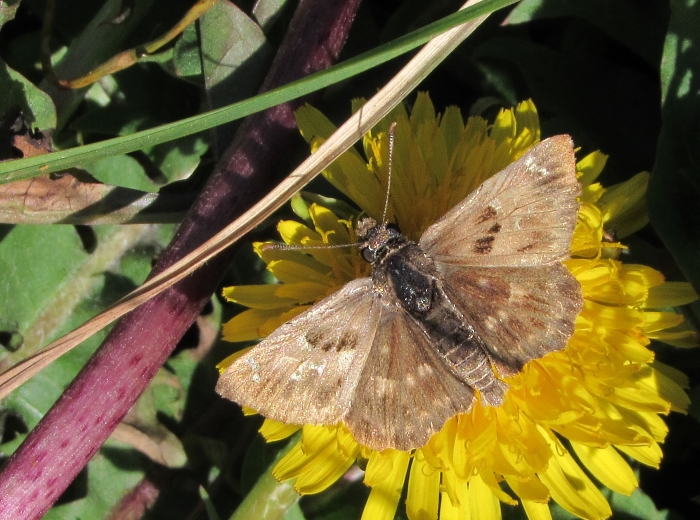
(mallow skipper)
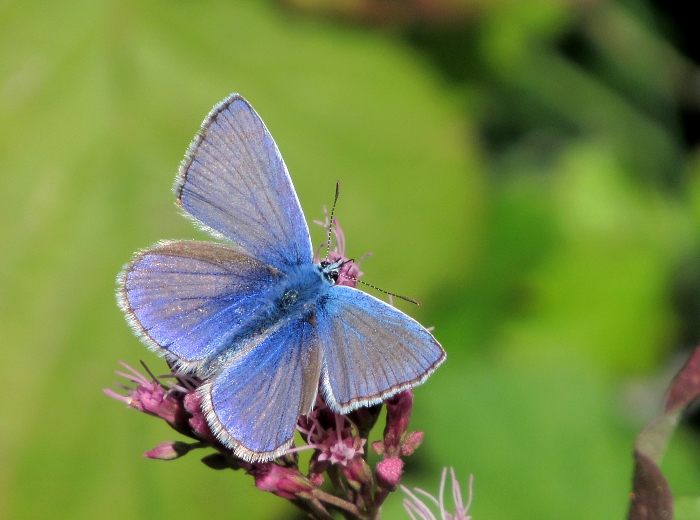
(Chapman's blue)
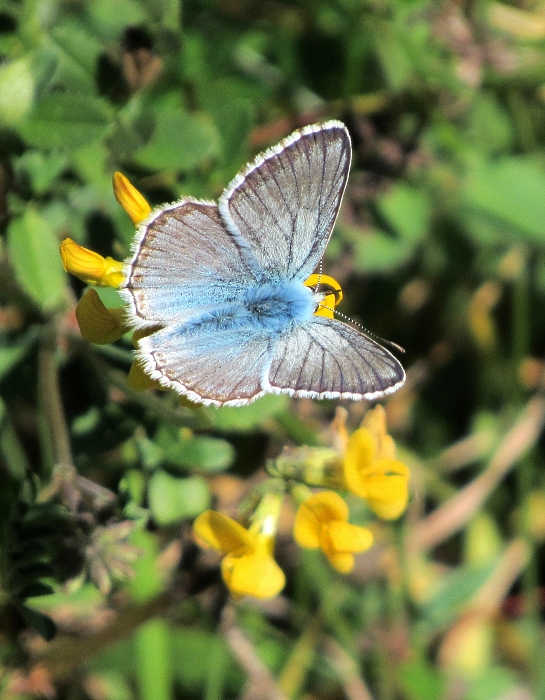
(chalkhill blue)
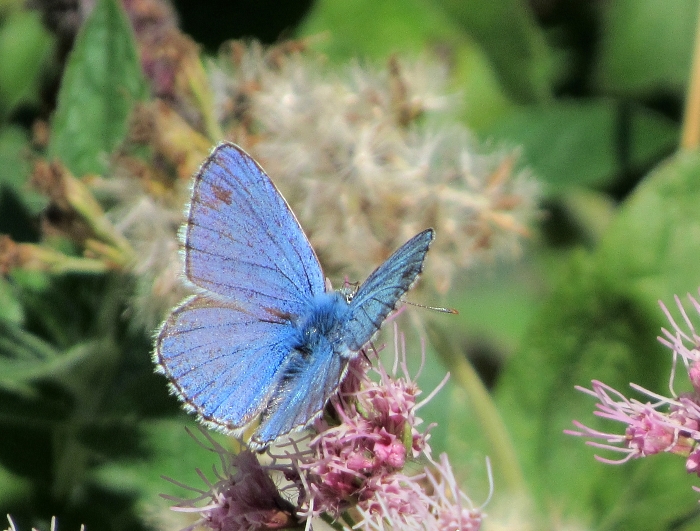
(Adonis blue)

(tree graylings)
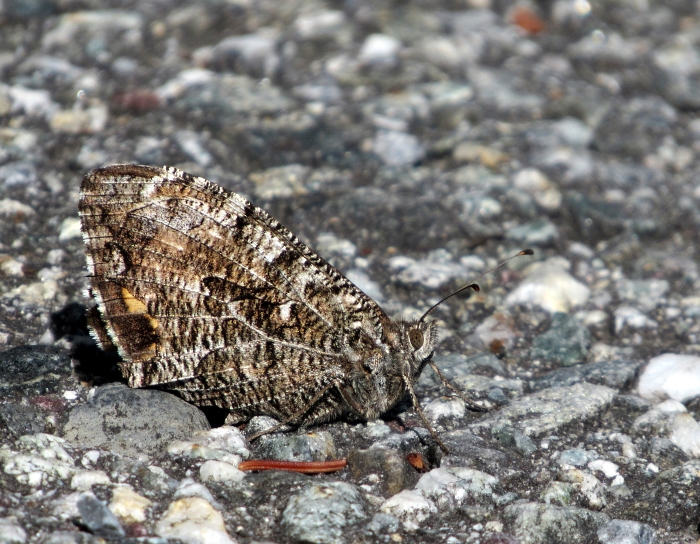
(grayling - that individual in fact from the cardinal road, though they were flying further east too)
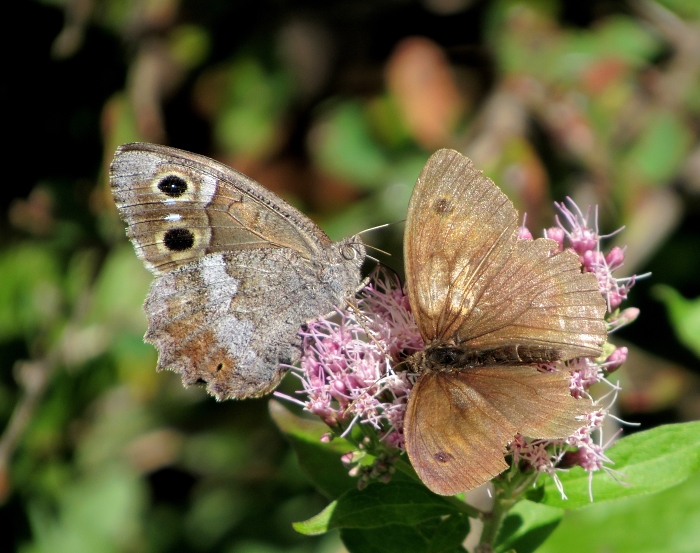
(tree grayling with meadow brown)

(presumed artaxerxes - Aricia is a bit of a mess here - all gradations of wing-shape and strength of markings)
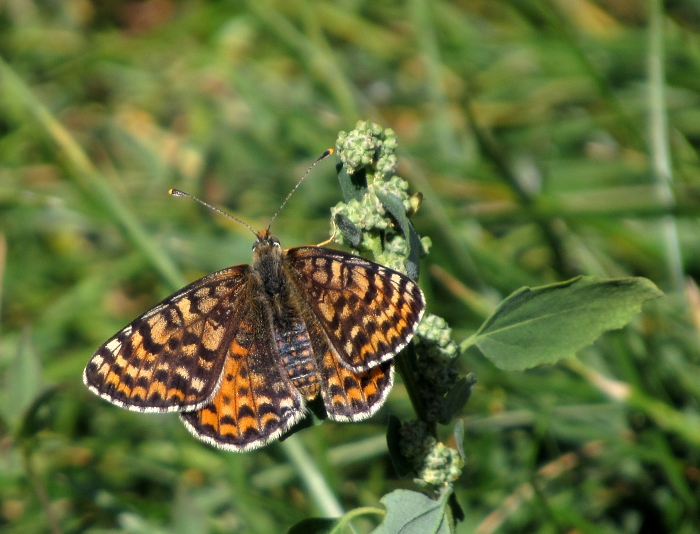
(female spotted fritillary)

(male spotted fritillary - he seemed quite happy despite having just one antenna)
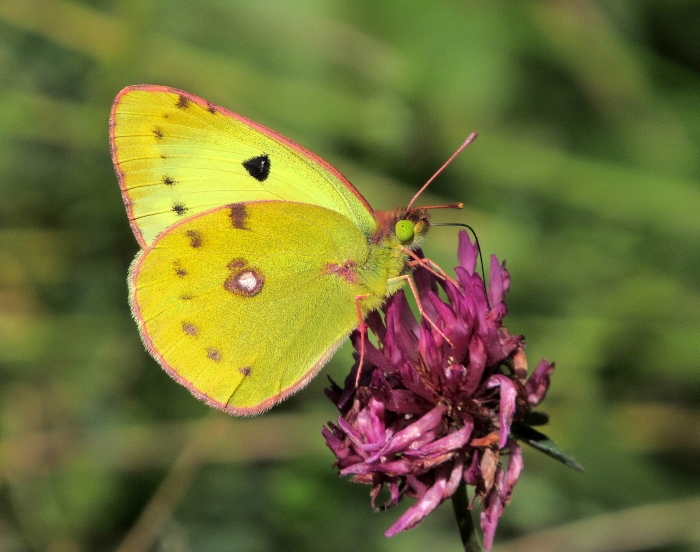
(Berger's clouded yellow)
It's been a cold September so far but clearly the butterfly season is not over yet.
Guy


